Google Ads is a game-changer for businesses aiming to drive traffic, generate leads, and boost sales. According to Google Economic Impact, advertisers earn an average of $2 for every $1 spent—a compelling reason to leverage this platform.
However, the road to success is riddled with pitfalls. From rookie mistakes to seasoned oversights, mismanaging Google Ads can lead to wasted budgets, low ROI, and missed opportunities. In 2025, with competition fiercer than ever, avoiding these errors is non-negotiable.
We’ve witnessed countless campaigns stumble—not due to a lack of potential, but because of preventable blunders. Poor keyword strategies, neglected tracking, and weak ad copy are just the tip of the iceberg.
The good news? These mistakes are fixable with the right knowledge and approach. Whether you’re a small business owner dipping your toes into PPC or a marketer refining your craft, this guide will arm you with the insights to succeed.
Let’s explore these mistakes and how to avoid them.
1. Ignoring Keyword Match Types
Mistake: One of the biggest blunders in Google Ads is ignoring keyword match types—broad, phrase, and exact. New advertisers often toss keywords into campaigns using the default broad match setting, which triggers ads for loosely related searches. For example, an ad for “luxury car rentals” might appear for “cheap car parts,” wasting clicks and budget on irrelevant traffic.
How to Avoid: Master match types to control who sees your ads. Broad match casts a wide net, ideal for discovery but risky without oversight.
Phrase match (e.g., “luxury car rentals”) ensures your keyword appears in order, while exact match (e.g., [luxury car rentals]) targets precise searches. Start by researching keywords with Google Keyword Planner to identify high-intent terms. Then, layer in negative keywords (e.g., “cheap,” “used”) to filter out mismatches.
Regularly check the Search Terms report in Google Ads to refine your strategy. Precision here saves money and boosts relevance.
For more optimization hacks, explore 8 Actionable Tips to Optimize Your AdWords Performance.
2. Neglecting Negative Keywords
Mistake: Failing to use negative keywords is like leaving your wallet open in a crowded room. Without them, your ads appear for irrelevant searches, burning through your budget. Imagine a campaign for “premium coffee beans” triggering ads for “free coffee samples”—you’re paying for clicks that won’t convert.
How to Avoid: Make negative keywords a priority. After launching a campaign, dive into the Search Terms report to spot unrelated queries. Add negatives like “free,” “DIY,” or “cheap” if they don’t align with your offer.
Tools like SEMrush can uncover keyword gaps and suggest exclusions. For example, a B2B service might exclude “tutorial” or “how-to” to avoid informational searches. Update your list weekly—search behavior shifts fast.
This keeps your ads laser-focused on high-intent users, improving CTR and ROI. It’s a simple fix with outsized impact.
3. Overlooking Ad Extensions
Mistake: Ad extensions are often an afterthought, but skipping them shrinks your ad’s visibility and appeal. Extensions like sitelinks, callouts, or location details expand your ad’s footprint on the SERP, yet many advertisers leave them unused, missing out on higher engagement.
How to Avoid: Activate relevant extensions to stand out. Sitelinks direct users to specific pages (e.g., “Pricing” or “Contact”), while call extensions add a clickable phone number for mobile users.
Location extensions are gold for brick-and-mortar businesses. According to WordStream, extensions can lift CTR by 10–15%. Test different combinations—Google Ads suggests options based on your campaign. Need help setting them up?
Extensions don’t cost extra but deliver outsized value—don’t sleep on them.
Our Pay-Per-Click Services ensure every detail is optimized.
4. Poor Landing Page Optimization
Mistake: Sending ad traffic to unoptimized or generic landing pages is a conversion killer. If your ad promises “50% off running shoes” but lands on a homepage with no discount in sight, users bounce. Slow load times compound the problem—every second counts.
How to Avoid: Craft dedicated landing pages that mirror your ad’s promise. Include a clear headline, relevant content, and a strong CTA (e.g., “Shop Now”). Speed matters—use Google PageSpeed Insights to aim for under 3 seconds.
A/B test designs to see what converts best. A seamless landing page turns clicks into customers—don’t let it be an afterthought.
To optimize product pages, read How to Sell More with Google Shopping Ads.
5. Setting and Forgetting Campaigns
Mistake: Launching a campaign and walking away is a rookie move. Markets evolve, competitors adjust, and ad performance drifts without regular tweaks. A “set it and forget it” mindset leads to declining results and wasted spend over time.
How to Avoid: Treat campaigns as living projects. Schedule weekly check-ins to review metrics—CTR, cost-per-click (CPC), conversions—and adjust bids or pause underperformers.
Use Google Analytics to track user behavior post-click. Automation like Smart Bidding helps, but human oversight catches nuances algorithms miss. Consistent management keeps your campaigns sharp and profitable.
For deeper optimization strategies, see 8 Actionable Tips to Optimize Your AdWords Performance.
6. Ignoring Audience Targeting
Mistake: Broad targeting wastes budget on uninterested users. Without refining your audience, your ads reach people who’ll never convert—think teens seeing ads for retirement plans. It’s a common oversight with costly consequences.
How to Avoid: Use Google Ads’ audience tools to zero in on your ideal customers. Layer demographics (age, gender), interests, or in-market segments (e.g., “actively shopping for software”).
Check Google Ads Audience Insights for data-driven refinements. Narrowing your focus boosts relevance and cuts waste, driving higher returns.
Retarget past visitors—learn how in Understanding Retargeting: A Beginner’s Guide.
7. Overbidding or Underbidding
Mistake: Bidding blindly—too high or too low—throws off your campaign’s balance. Overbidding eats profits (e.g., $10 CPC for a $15 product), while underbidding buries your ads, losing impressions to competitors.
How to Avoid: Start with manual CPC to test the waters, then shift to automated bidding like Target CPA or ROAS once you have data. Use Ahrefs to benchmark competitor bids and adjust accordingly.
Aim for a sweet spot—enough to compete, not so much it kills margins. Data-driven bids align cost with value, maximizing efficiency.
8. Weak Ad Copy
Mistake: Dull or generic ad copy fails to cut through the noise. Lines like “Click here” or “Great deals” don’t compel action in a crowded SERP, leaving your ads ignored.
How to Avoid: Write punchy, benefit-driven copy with a clear CTA—e.g., “Save 20% on Shoes Today!” Highlight unique selling points (speed, quality, price).
A/B test headlines and descriptions to find winners. HubSpot offers copywriting tips to sharpen your skills. Strong copy grabs attention and drives clicks—make every word count.
For specific strategies dive into Understanding Retargeting: A Beginner’s Guide.
9. Not Tracking Conversions
Mistake: Running ads without conversion tracking is like flying blind. Clicks don’t tell the full story—without knowing what converts (sales, sign-ups, calls), you can’t optimize effectively.
How to Avoid: Set up conversion tracking in Google Ads for key actions. Link with Google Analytics to see the full funnel—where users drop off or buy.
Tracking reveals what works, letting you double down on winners and ditch losers.
10. Ignoring Competitor Analysis
Mistake: Operating in a vacuum hands the edge to competitors. Without knowing their keywords, bids, or ad strategies, you’re guessing while they’re winning.
How to Avoid: Use SpyFu or SEMrush to peek at competitor campaigns. Analyze their top keywords, ad copy, and landing pages—then adapt and improve. For example, if they’re bidding high on “SEO tools,” target a niche like “SEO tools for startups.”
Must read: 8 Actionable Tips to Optimize Your AdWords Performance
Conclusion
Google Ads holds immense potential, but success hinges on avoiding these 10 common mistakes: ignoring match types, neglecting negatives, skipping extensions, poor landing pages, set-and-forget habits, weak targeting, bad bidding, dull copy, no tracking, and ignoring competitors. Each misstep chips away at your budget and ROI, but each fix brings you closer to a winning campaign.
Start today—refine your keywords, craft compelling ads, track every conversion, and keep an eye on the competition. These steps aren’t just best practices; they’re survival tactics in 2025’s PPC landscape.
The payoff is worth it: higher CTRs, lower costs, and a flood of conversions. Stop stumbling and start succeeding—your Google Ads triumph starts now.
Need professional support?
Our PPC services offer tailored expertise to maximize your results. Ready to transform your Google Ads performance?



















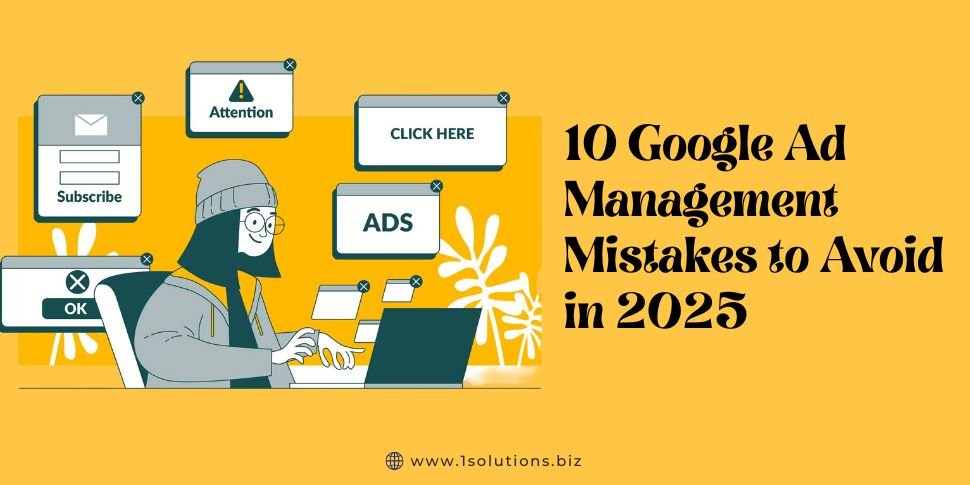
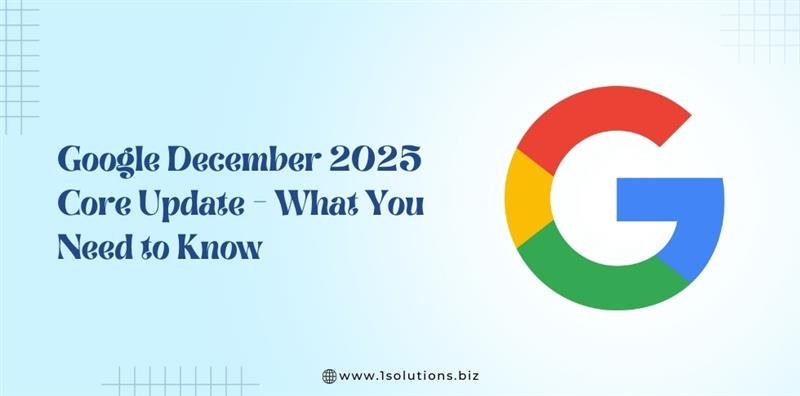
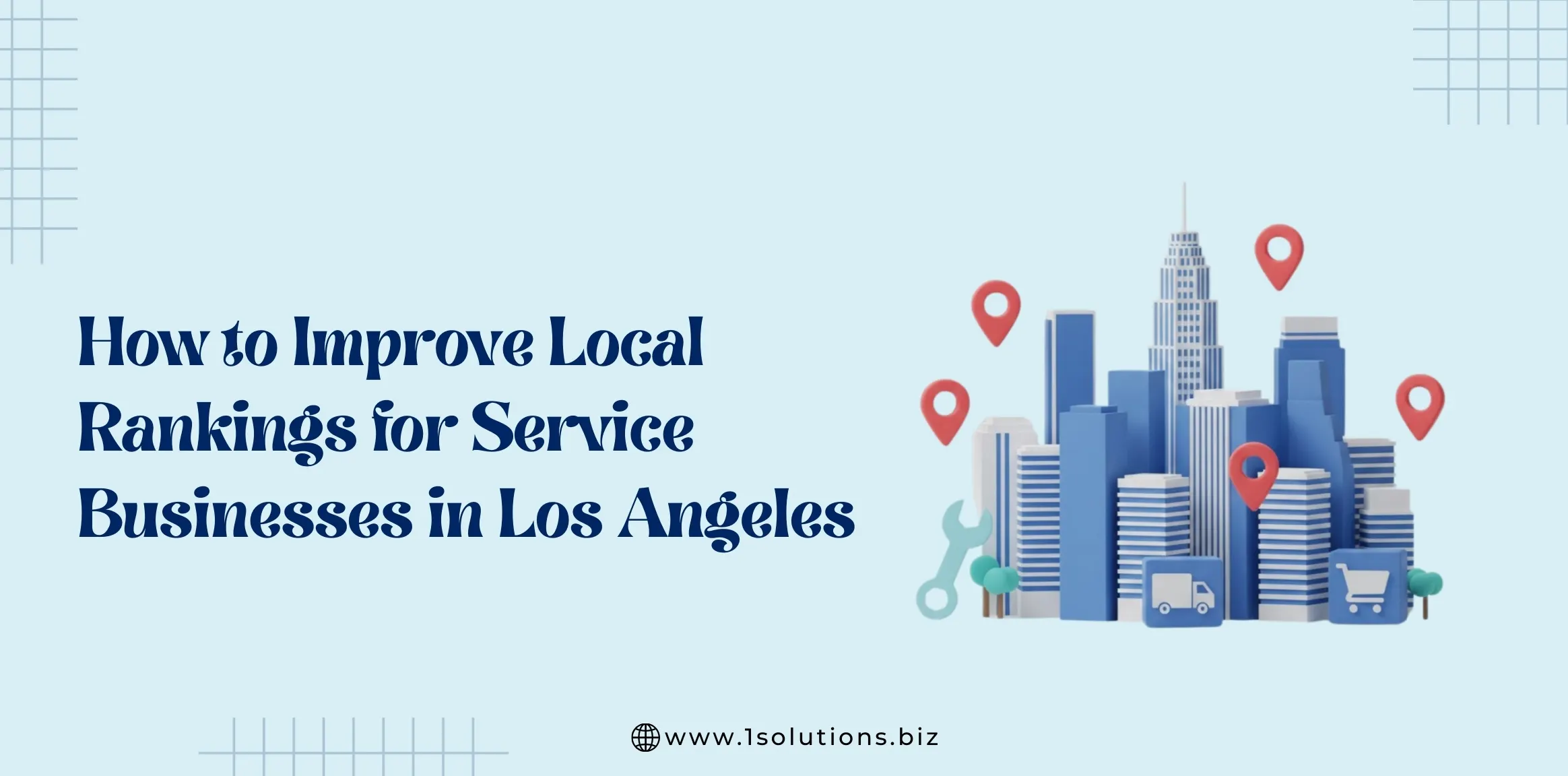
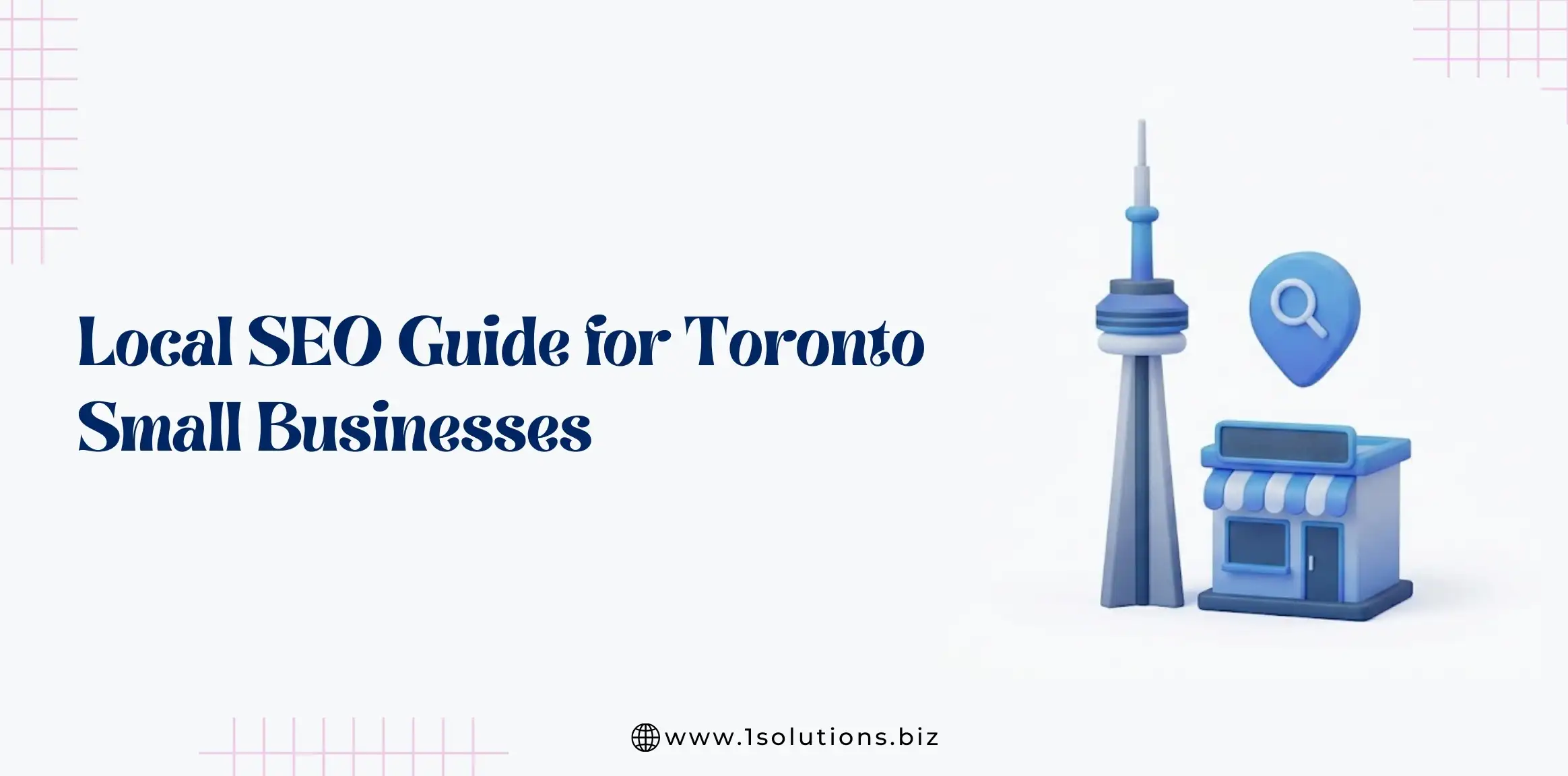


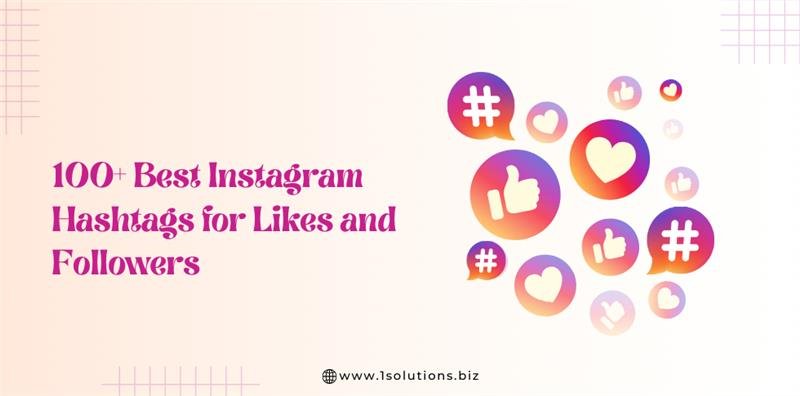
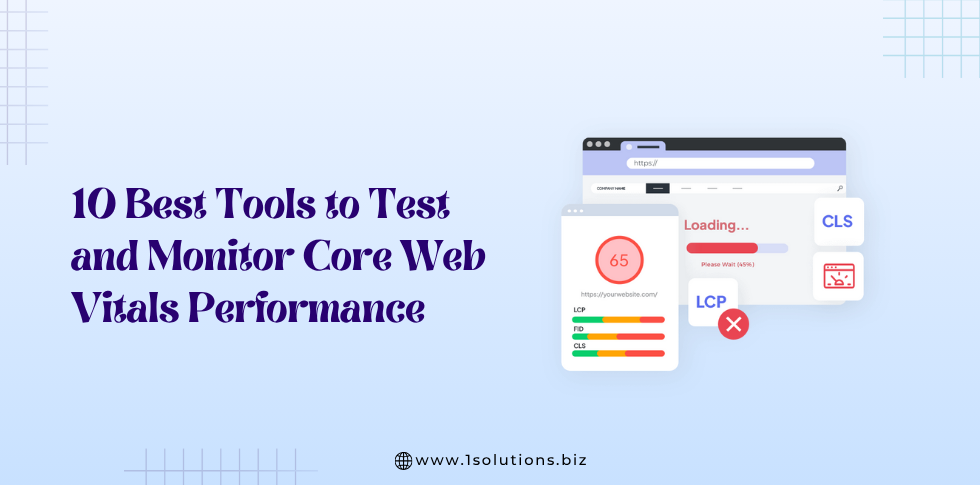




 in India
in India